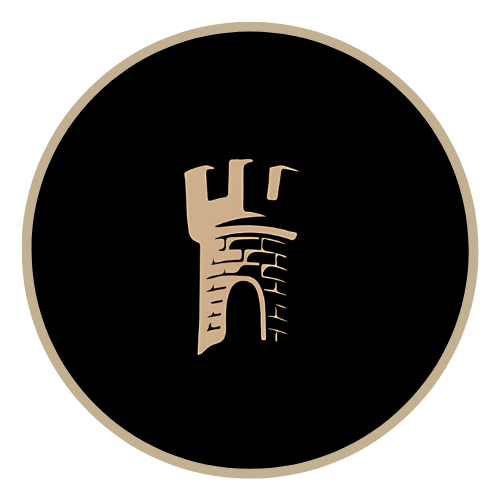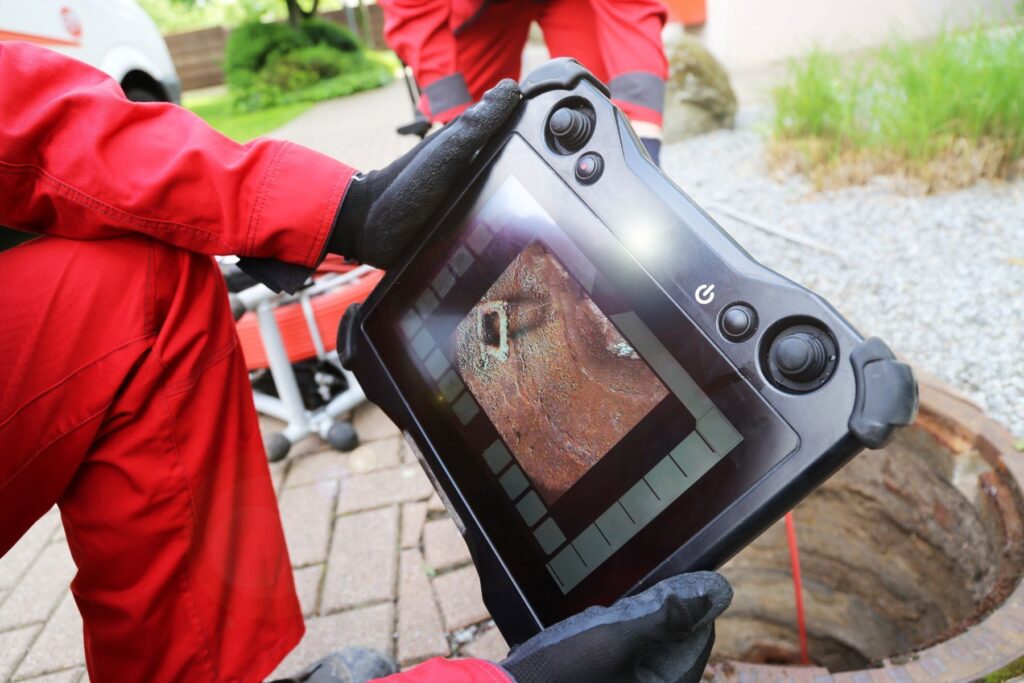When you’re buying a home, what’s happening underground isn’t always the first thing on your mind—but it should be. The sewer line is one of the most expensive parts of a property to repair, and yet it’s also one of the least understood. That’s where a sewer scope inspection comes in.
Here are some of the most frequently asked questions we hear about sewer scopes—and why they’re worth considering.
1. What is a sewer scope inspection?
A sewer scope inspection uses a specialized camera to inspect the inside of the home’s main sewer line—from the house all the way to the city connection. This helps identify cracks, root intrusion, or blockages that you can’t see from above ground.
2. Why would I need a sewer scope if the house is brand new?
You’d be surprised how often we find issues in new builds. Heavy equipment during construction can crush pipes, or construction debris might be left in the line. We’ve even seen brand-new homes with improper slopes that cause standing water.
3. How much does a sewer scope inspection cost?
A sewer scope is a small investment—usually between $250–$350 when added to a home inspection. Compare that to sewer line repairs, which can cost $4,000–$15,000 or more. The math speaks for itself.
4. What types of homes benefit most from sewer scope inspections?
While any home can have hidden sewer issues, we strongly recommend sewer scopes for:
- Homes older than 1980
- Properties with large trees in the yard
- Homes that have had plumbing backups or repairs in the past
- New construction homes (to catch defects before the warranty expires)
5. How long does a sewer scope inspection take?
Typically, it takes 30–60 minutes, depending on how accessible the line is and its length.
6. What can a sewer scope find?
- Tree root intrusion
- Cracked or broken pipes
- Bellied (sagging) sections
- Blockages or grease buildup
- Misaligned joints
- Construction debris or other obstructions
7. Will the sewer scope inspection damage the pipes?
Not at all. The camera is designed to safely travel through the line without causing harm.
8. Do I need to be present during the sewer scope?
It’s optional, but many buyers like to watch the live video feed. It’s both informative and reassuring to see the condition of the line in real-time.
9. What happens if the sewer scope finds an issue?
We provide both a detailed report with pictures/videos of what we found. Your agent can use this information to negotiate repairs or credits with the seller—saving you thousands.
10. Are sewer repairs really that expensive?
Yes, they can be. A major sewer repair or replacement can cost thousands of dollars—sometimes over $15,000. A sewer scope is like an insurance policy against those surprises.
Why Agents Love Sewer Scopes
Recommending a sewer scope shows clients you’re going above and beyond to protect their investment. It boosts buyer confidence, provides leverage for negotiation, and reduces your liability as an agent.
Thinking about adding a sewer scope to your next home inspection?
We’d love to walk you through the process and show you how easy—and valuable—it can be.

